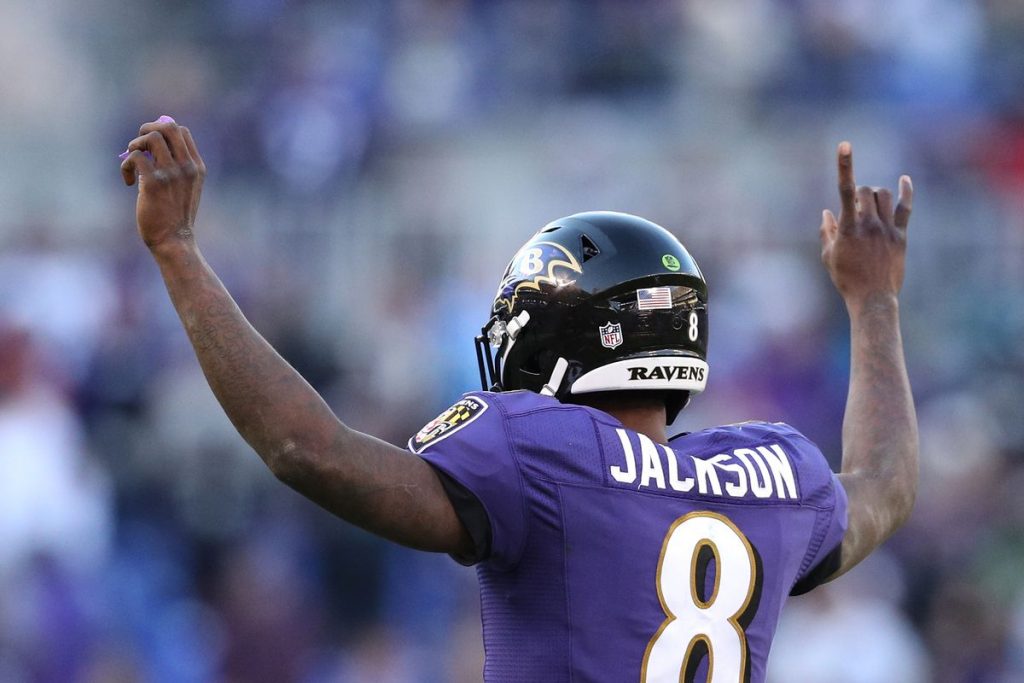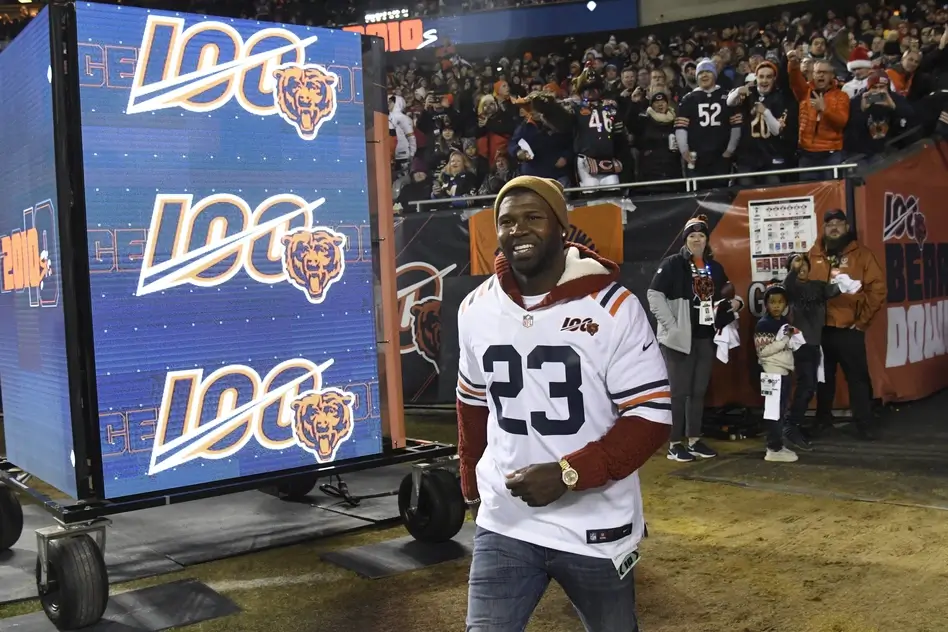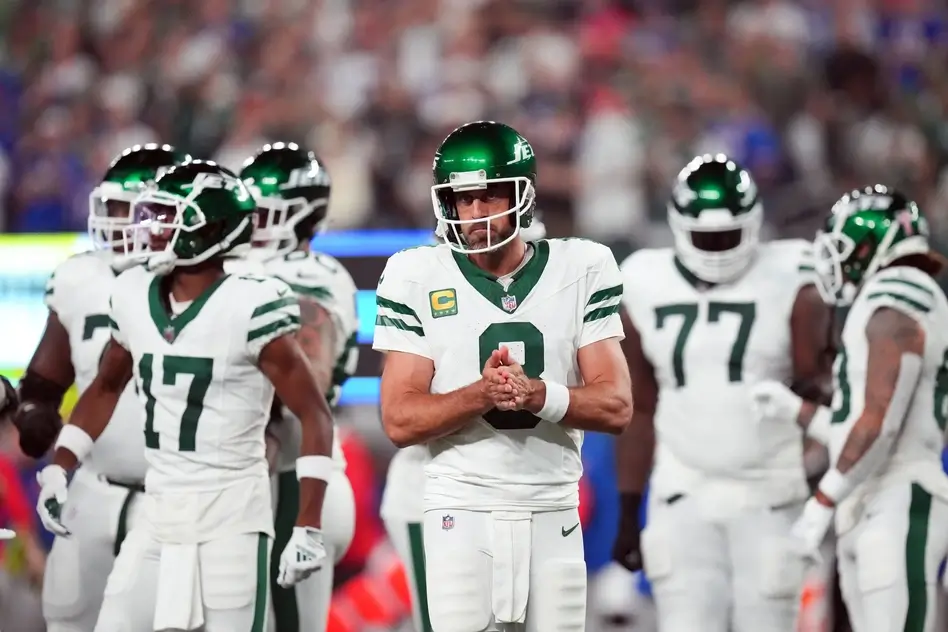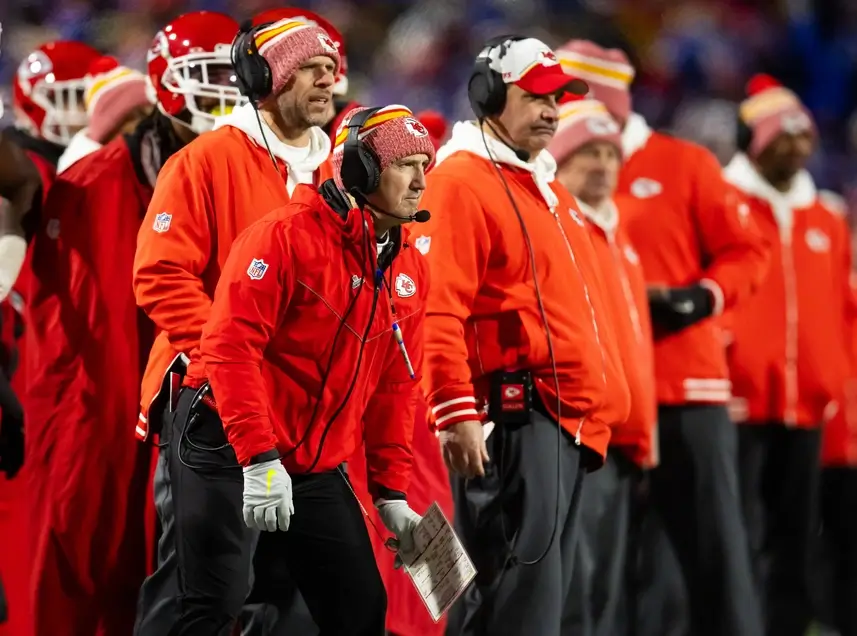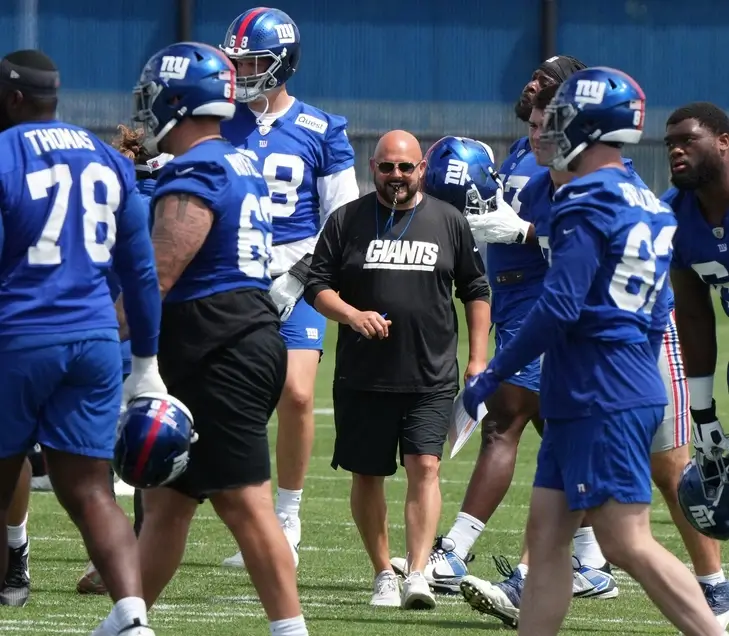After the Baltimore Ravens’ first two games of the season, the superlatives were being thrown out to describe the performances of the Ravens’ sophomore quarterback Lamar Jackson. In games against the Miami Dolphins and the Arizona Cardinals, Jackson had thrown for 7 TDs and 596 yards with zero picks. In the season opener against the Dolphins he put together a completion percentage of 85% and a perfect passer rating of 158.3.
The analysts talk of Baltimore as a potential Super Bowl contender though, has lessened in recent weeks. Back to back losses against the Kansas City Chiefs and AFC North rivals, the Cleveland Browns, as well as a less than stellar showing against the Pittsburgh Steelers in an overtime win this past weekend, have muddied the waters as to where Jackson is in his development as a franchise signal caller.
Fireworks to start the season
There’s little doubt that those first two games were impressive from the Louisville product. In the Miami game, Jackson demonstrated touch on his deep ball with a gorgeous long touchdown to rookie speedster Marquise Brown. Jackson’s average pass in that game was 16.2 yds which stands out as an aberration in comparison to his average for the Ravens’ four subsequent games which has been at 7.4 yds or below.
Without wishing to sound dismissive of that remarkable performance at the Hard Rock Stadium, I don’t feel Jackson’s showing in that game is indicative of the quarterback the Ravens currently have.
The Dolphins are a basement dwelling team that all other NFL franchises will be looking forward to facing this year in order to pick up a much needed, and almost guaranteed win.
Jackson and the Ravens didn’t just beat Miami, they obliterated them, but it’s telling that the former Cardinal quarterback has had more middling performances as Baltimore has played the Browns and Steelers, whose defenses are currently ranked 12th and 17th overall respectively.
Growth as a passer?
Having said that, Jackson has undoubtedly improved as a passer. Having completed around about the same number of passes as he did last year (currently 162 to 170), Jackson’s pass completion percentage is over 7 percentage points higher than his rookie year (65.4% compared to 58.2% last season).
Jackson has clearly benefitted from the addition of Greg Roman as offensive coordinator. Roman was the San Francisco 49ers OC when Colin Kaepernick, another dual threat quarterback, took the Niners to the Super Bowl, only to be thwarted by the Ravens.
That experience of working with a signal caller with a similar skill set to Jackson has clearly benefitted Roman, and therefore Jackson, thus far this year. Indeed, Jackson’s performance as a passer makes former Colts GM Bill Polian’s claim that Jackson should have gone into the 2018 NFL Draft as a wide receiver, seem even more ridiculous.
The Ravens, though, have put together an offensive scheme that has enabled Jackson to make a large number of high percentage throws. Roman has incorporated a lot of inside breaking routes and wide receiver curls to enable Jackson to take what the defense is giving him. The heavy focus and priority given to tight ends such as Mark Andrews in the pass game, has also helped Jackson. Using big bodied receivers like Andrews and Nick Boyle has permitted Jackson to play complementary football to the Ravens’ run game by attacking defenses with a series of short passes.
On deep passes, Jackson hasn’t been as successful as that highlight reel play in the Miami game would make you think. In fact, Jackson is rarely attempting to pass downfield, which perhaps reflects the growing pains of having a rookie wide receiver, Marquise Brown, as your franchise’s primary deep threat.
Mixed success vs blitz
Interestingly enough, for a quarterback who represents such a potent threat on the ground, Jackson is limited when forced to improvise as a passer outside the pocket and still tends to rely on his legs when placed under pressure.
That is to be expected given the fact that he is simply electric when running with the ball, displaying elusiveness, speed and toughness. However, in the Pittsburgh game Jackson’s some of the 5 sacks Jackson took could be attributed to trying to run but being caught from behind by pass rushers who had been directed around the quarterback as he dropped back to throw.
Against the Browns, Jackson was sacked twice by blitzing members of the secondary who he either failed to recognise prior to the snap, or overestimated his ability to release the ball to a receiver in time. Those are expected growing pains for a second year quarterback.
Nonetheless, there are signs of growth. In both of the Ravens’ recent games, Jackson has displayed the ability to stand tall against the blitz and find receivers downfield, such as to Seth Roberts whilst Cleveland’s Larry Ogunjobi pushed his own lineman into him.
If Jackson can make plays like that with increased frequency, Baltimore’s offense could become much more explosive given the speed at the wide receiver position.
Not the focal point of the offense
Baltimore are clearly a running football team and are most successful when they can pound the rock behind Mark Ingram, Gus Edwards and rookie Justice Hill.
It’s probably no coincidence that Jackson’s two recent performances, which don’t match up to the standards established in the first two games, have been accompanied by the lack of an individual 100 yard rushing running back.
The success of Ingram et al opens up play action opportunities for Jackson which enables him to push the ball further downfield, but Jackson’s role when in the pocket is to clearly take what the defense gives him, avoid negative plays and continue to pick up positive yards.
The fact opponents have to respect the threat of the run game opens up opportunities for Jackson in the red zone, which he can take advantage of, such as his passing touchdown to Miles Boykin against Cleveland. That play displayed Jackson’s awareness and ability to move through his reads. When his first read, Brown, isn’t open Jackson recognises Boykin is improvising to find space in the end zone and finds him for the score.
Conclusion
Jackson is where you would hope he’d be at in his second season in the league. He’s a much more effective passer than he was last year, and has added this to his running ability, meaning opposing defenses have to account for plays through the air. But, like all young quarterbacks, he will make mistakes, such as forcing the ball into coverage or staring down receivers.
At this point though, there are plenty of franchises, including playoffs hopefuls, who would take where Jackson is at. As the year continues, he can be expected to improve even further and build upon those strengths and developments he has already shown at the start of this season.


